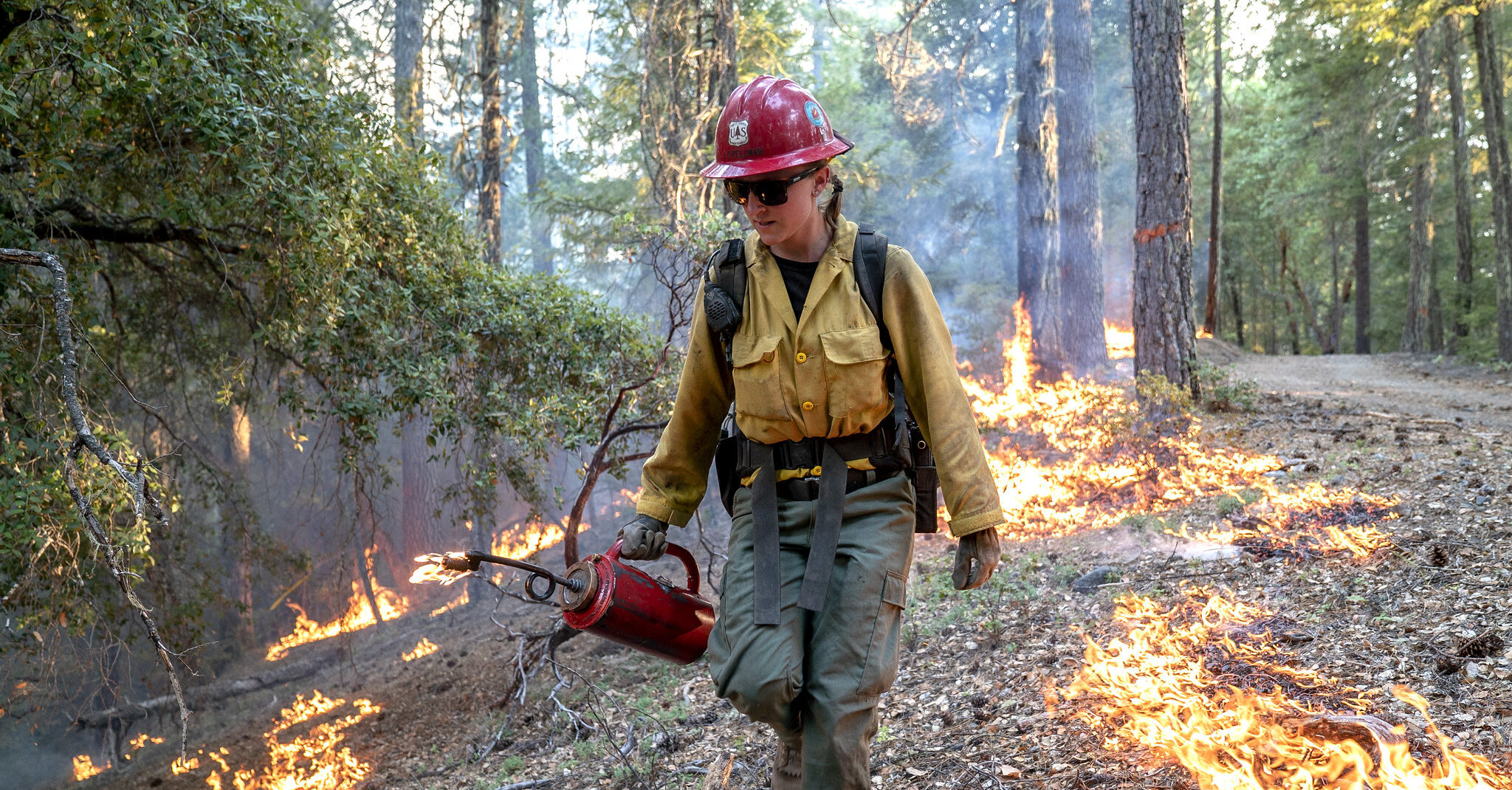Farms and forests cover much of the Cascadia bioregion, and how we care for these lands is key to a sustainable future. Rural land owners, managers, and workers are devising ways to work with nature, regenerating and protecting healthy soils, rich biodiversity, and clear and bountiful water. All the while, they are supporting thriving rural economies and producing healthy foods and plentiful timber.
Unfortunately, such approaches are not yet widespread. On our farmlands, we often rely on practices that tax both the land and workers. In places, these methods have eroded our soils and polluted our rivers. Agriculture could be a carbon sink, but instead it’s a major carbon emitter. In our forests, short timber harvest rotations and careless clear-cuts pollute and desiccate water sources, disrupt habitat, and imperil the most carbon-rich bioregion on earth.
Sightline’s Farms & Forests program spotlights and supports the innovators who are restoring our working lands and rural economies.
We identify the barriers that hold these innovators back, researching and promoting strategies, especially in public policy, that help Cascadia’s rural leaders scale up their solutions for the environmental and economic challenges of Cascadia’s working lands.
Meet the program lead
Select projects and resources
Managing wildfires
Cascadia is trapped in a wildfire catch-22: the more we suppress fires, the worse they get; and the worse fires get, the more we suppress them. Sightline examines how the region could interrupt this cycle, from fire hardening homes and reintroducing beneficial fire to the land, to making hard decisions about where and how to build our communities. View our wildfires research.
Long rotations logging
“Long rotations,” or the practice of delaying logging and growing forests past a short life, can deliver not just greater timber yields, but also greater carbon storage and water and habitat benefits. But foresters face barriers, financial and otherwise, in trying to make the switch from the typical 40-year rotation to a longer 80-year harvest cycle. Read more, including ways to support the shift.





